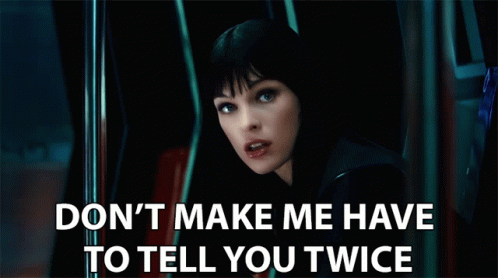**Disclaimer-While I have my MLS, I am not currently a librarian. I’m a PhD student in Rhetoric and I’m a graduate research assistant in the TWU library, where I’ve worked for 5 years. I also happen to be taking a library school class as an elective. These posts are part of a weekly reading response. I am not speaking as a library expert. I’m speaking as a student and observer.**
We’ve been here before, and I fear that we’ll be here again. But honestly, y’all…

This week’s readings circled back to inclusive outreach and the idea of how to bring more patrons into the library where they can see and touch and utilize the diverse collections that are (hopefully) being created. This is especially important when it comes to collections that are intended to reach patrons with more specific needs, including those who could benefit from having the services of social workers and nurses in a convenient and welcoming place.
Cooke discusses the need for and value in these kinds of services but she also makes the point that:
Once libraries have established policies, services, and collections that are inclusive and responsive to diverse communities, perhaps the last, but certainly not the least, activities in which to engage are marketing and outreach. What good are stellar resources and services if the community is not aware of them? Marketing and outreach take on a variety of forms, can target specific services (e.g. the marketing of virtual reference services [Bailey-Hainer 2014]) or resources or can address the community at larger or smaller subcommunities. (67)
Cooke, N. A. (2017). Information services to diverse populations. Libraries Unlimited, an imprint of ABC-CLIO, LLC.
So, the policies, services, and collections are in place, but that isn’t enough. As we’ve discussed before, not everyone that you are trying to reach is a library patron, yet. They need to know that these services and collections are there for them so how do we do it? Well, there are multiple avenues available here. Social media marketing is the obvious go-to but it’s not always the right answer. If you’re trying to reach older, less tech-savvy patrons, they may never see your Twitter or Instagram posts or your TikToks.
It’s possible they may see your Facebook posts if that post can cut through the rest of the noise that’s constantly coming at them on that hellish app but you can’t count on that. I mean, my mother’s Facebook algorithm is so slanted to the right at this point that I honestly don’t think she sees anything that doesn’t confirm her biases. Sadly, that’s also the kind of person who could benefit from a trip to the library and a conversation with a librarian about information literacy (and no, she won’t listen to this librarian but she might listen to someone who isn’t her child!).

Anyway, one of the best ways to reach the community, and one that I’ve talked about before, is to simply reach out, leave the library, and meet people where they are. Beene et al. support this concept, stating that:
Connecting with communities in their spaces is a positive result of external outreach, allowing for spontaneous conversation, and connections with users. This innovation in community engagement has offered a refreshing update to traditional reference and outreach services (Gray, 2012). (44)
Beene, S., Jackson, A. S., Kostelecky, S., & Quinn, T. (2019). Reach Out! Highlighting Collections and Expanding Outreach to Non-Traditional Communities across Academia. Reference Librarian, 60(1), 29–50. https://doi.org/10.1080/02763877.2018.1547891
While I was reading this, I was suddenly reminded of something and had to run downstairs to talk to Woody Evans, one of TWU’s librarians, who used to, in the before times, act as a roving librarian. He had a cart that he had spray painted maroon and covered in signs and he would take it out and wheel it around campus with his laptop. He would find places to hang out for a bit and wait for students to come to him.
It was a bit like fishing and it worked. He made more students, and even faculty, aware of how the library could help them. He went out among them and brought their attention to the resources that were available, that they may not have ever considered. This would be especially helpful for students who may find a university library intimidating and honestly, y’all, they really can be sometimes, with their marble floors and cavernous ceilings. As we were talking about it, I could see that he really seemed to enjoy doing that kind of outreach and maybe missed it just a little bit.
My point with all of this is that staying within the confines of the library is more comfortable, and it’s easier, but it also means excluding portions of the community that may truly be in need of library services. And if we can’t get the people to the services, or the services to the people, then what are we really doing?

This Week’s Readings:
Beene, S., Jackson, A. S., Kostelecky, S., & Quinn, T. (2019). Reach Out! Highlighting Collections and Expanding Outreach to Non-Traditional Communities across Academia. Reference Librarian, 60(1), 29–50. https://doi.org/10.1080/02763877.2018.1547891
Cooke, N. A. (2017). Information services to diverse populations. Libraries Unlimited, an imprint of ABC-CLIO, LLC.
Fujimoto, Y., Azmat, F., & Subramaniam, N. (2019). Creating Community-Inclusive Organizations: Managerial Accountability Framework. Business and Society (Vol. 58). https://doi.org/10.1177/0007650316680060
Woodruff, J., & Kowalsky, M. (2017). Chapter 6. In Creating inclusive library environments: A planning guide for serving patrons with disabilities (pp. 107–122). essay, American Library Association.
